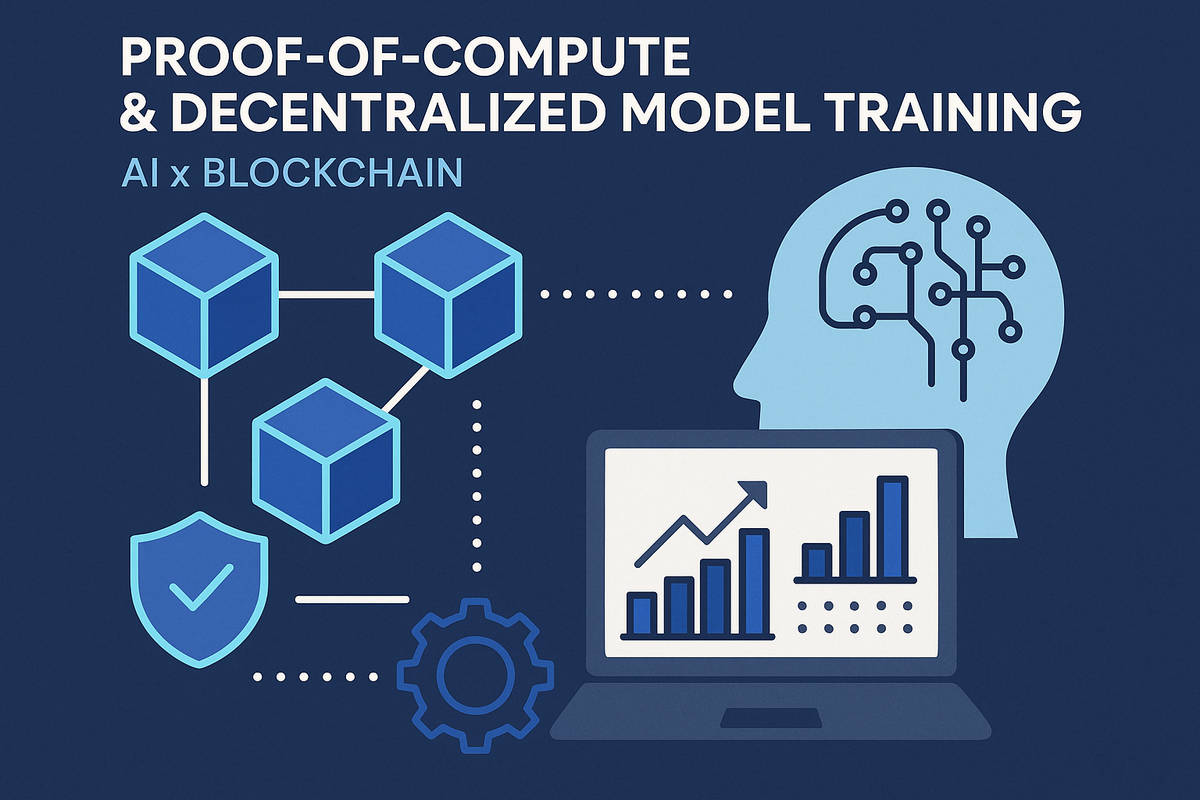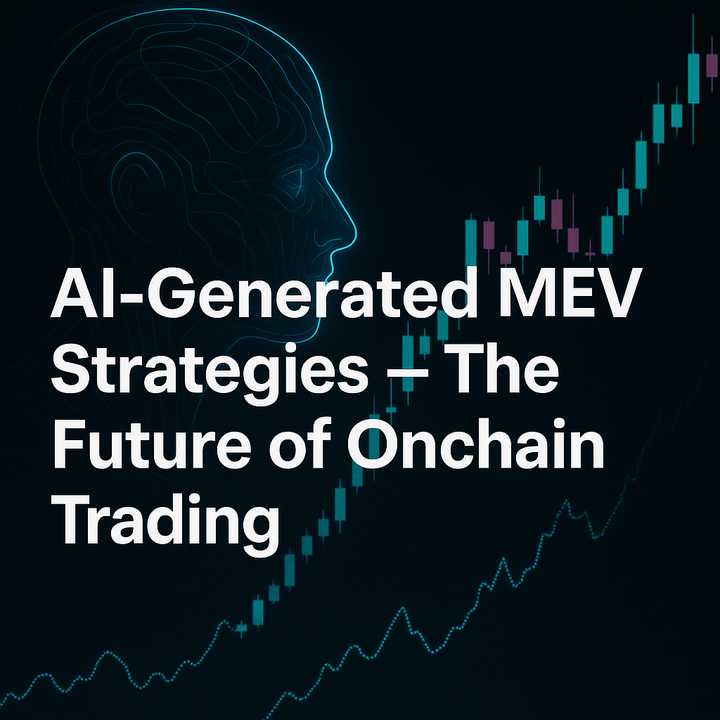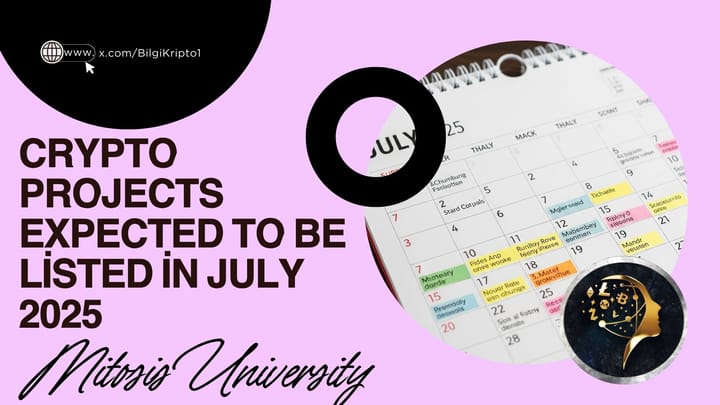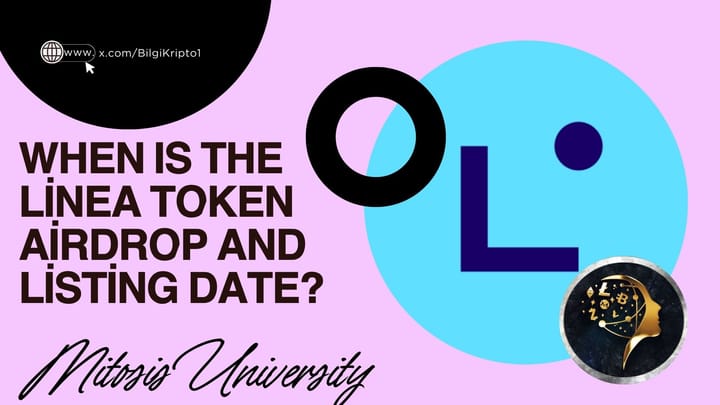Proof-of-Compute & Decentralized Model Training — AI x Blockchain

As AI and blockchain converge, new primitives are emerging. Proof-of-Compute is a way to verify that a task (like training or inference of an AI model) was actually performed. When combined with decentralized model training, it enables a distributed network of nodes to collaboratively build, fine-tune, or run AI models — in a trustless, transparent way.
Why Proof-of-Compute Matters
- Verifiability: Proves that compute-heavy tasks like training or inference were completed correctly
- Trustless Coordination: No need to trust a centralized server or node
- Fair Payments: Ensures compute contributors are paid only if work is proven
- Scalable AI infra: Forms the backbone for decentralized AI protocols
How It Works (Simplified)
- User submits a compute task (e.g., fine-tune GPT or generate image embeddings)
- Worker node completes task offchain
- Generates a cryptographic proof (e.g., ZK proof, STARK) that the task was done correctly
- Verifier node or smart contract checks proof onchain
- Node gets rewarded only if the proof is valid
Think of it as Proof-of-Work, but for AI jobs with provable output.
Projects in the Space
1. Bittensor
- A decentralized network where miners (neurons) train and serve ML models
- Reputation and token rewards based on usefulness of outputs
- Doesn’t use strict proofs yet, but incentives align toward honest compute
2. Gensyn
- Focused on verifiable training of AI models using Proof-of-Compute
- Aims to become the "Ethereum of machine learning compute"
3. Modulus Labs
- Building ZKML (zero-knowledge machine learning)
- Verifies inference or training steps with zero-knowledge proofs
- Enables trustless AI without centralized validators
4. Ritual
- Enabling decentralized execution and coordination of AI workloads
- Merging cryptographic proofs with autonomous agents for AI systems
Use Cases
- Decentralized AI marketplaces (rent compute, get verified results)
- AI-powered smart contracts (trusting inference onchain)
- Verified AI-generated content (proof that an image or video was AI-generated)
- Open-source model training with distributed incentives
Conclusion
Proof-of-Compute unlocks the missing trust layer between AI and blockchain.
It enables decentralized networks to train and run AI models without relying on centralized validators or cloud providers — and still prove the work was done correctly.
As decentralized model training scales, it will reshape how AI systems are built: not in siloed data centers, but across blockchain-secured networks of contributors. The future of AI isn’t just smarter it’s more open, provable, and powered by blockchain.



Comments ()